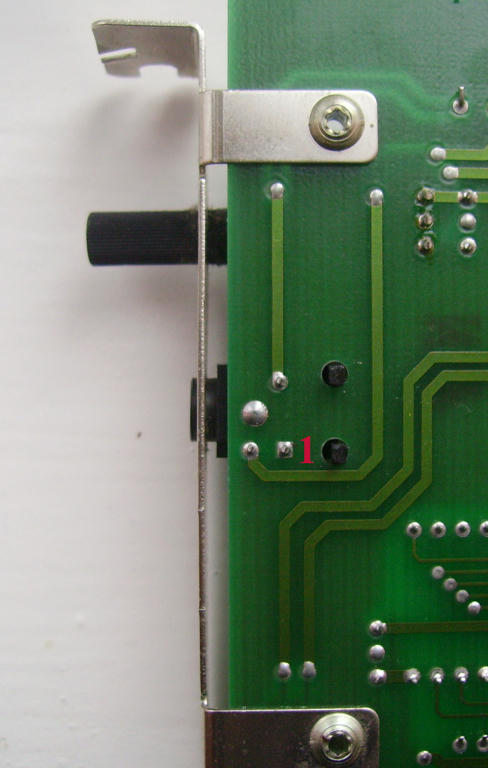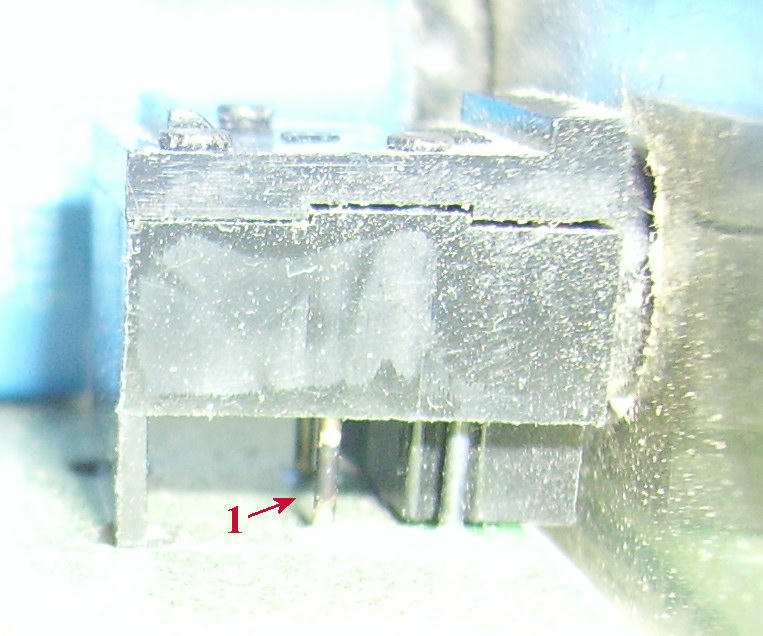I guess you don't want to mail it to me, but I think I have the tools and knowledge to figure out what is wrong with it. the OPL chip (YM3812) and its DAC (Y3014) are the only components not available anymore, but other components can be replaced.
Plus I am eager to get my hands on a real Adlib to find out its component values, even if it is a broken one :)
But first, how do you know it is really dead? Does any sound card with OPL2 (YM3812) chip work in your computer? Are you sure it is the only card that is at IO address 0x388/0x389, so that there is nothing that shares those addresses?
Slow down your PC as much as you can (turbo off, disable caches, etc), and set IO wait states in BIOS setup as high as you can (at least 8-bit wait states need to be at max). The chip needs enough time between IO writes or it won't work, and fast PCs with zero wait states can easily break these timings. Then run a game and see if it works.
If you know how to use DEBUG.EXE from DOS, tell me what "i 388" command returns. It reads the OPL status port. If it returns FF, the card does not answer. If it returns something that ends with a 6, like A6,C6,E6, it means the chip responds to the read command.
Well if it does not respond, I would start poking around with an oscilloscope.
I'd propably check signals in this order:
-Is the YM3812 still held in reset or not (the 7404 inverter)
-Is the 14.318MHz signal from ISA bus correctly divided by the flipflop chip by four so 3.579MHz signal goes to YM3812
-Is there any clocks and data on YM3812 digital audio output to DAC
-Are ISA Bus read/write signals reaching YM3812 RD/WR signals
-Is the address correctly decoded so there is activity on YM3812 CS signal
if those look OK, then I'd check the Y3014 DAC, and its associated operational amplifier (usually markings scratched off). In theory, if I could determine from your pictures what leg of the op-amp has the buffered audio output, you could try connecting a small headphone there, or line-in of an amplifier. If there is audio, then the problem is in the LM386 speaker amplifier, or it's muting circuit (the single transistor on board), or it's volume control. In fact, with a multimeter, you could verify you get about 2.5V on Y3014 RB and MP pins. Also 2.5V at the DAC output pin, when there is no audio.
But it's hard to tell someone to debug..

